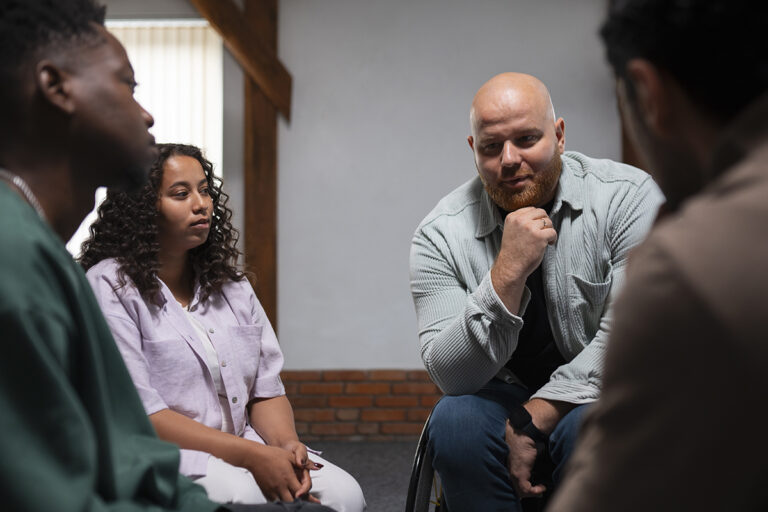Preparing for Citizenship: A Guide for Immigrants in the U.S.
Becoming a U.S. citizen is a proud and powerful milestone for many immigrants. Citizenship provides the full rights and responsibilities of belonging to the country, including voting, obtaining a U.S. passport, and greater security for your family’s future. While the process requires time, preparation, and commitment, it is achievable. This article offers a step-by-step guide to help immigrants understand the naturalization process, eligibility requirements, and how to prepare successfully for citizenship.
1. Benefits of U.S. Citizenship
Citizenship gives you the right to vote, run for public office (in most cases), apply for federal jobs, and receive full protection under U.S. law. It also allows you to sponsor more family members for immigration and helps protect you from deportation. Children born to U.S. citizens automatically become citizens, even if born abroad.
2. Who is Eligible to Apply?
You may apply for citizenship through naturalization if you are at least 18 years old, have had a Green Card (permanent residence) for at least 5 years (or 3 years if married to a U.S. citizen), have lived in the U.S. continuously, and demonstrate good moral character. You must also be able to speak, read, and write basic English and understand U.S. history and civics.
3. The Naturalization Process
To start, you must file Form N-400 (Application for Naturalization) with U.S. Citizenship and Immigration Services (USCIS), along with supporting documents and the application fee. You will then attend a biometrics appointment (fingerprinting), followed by an interview and naturalization test. If successful, you are invited to take the Oath of Allegiance at a citizenship ceremony.
4. Preparing for the Citizenship Interview and Test
The naturalization test has two parts: English and Civics. The English portion evaluates your ability to speak, read, and write in English. The Civics test includes up to 10 questions about U.S. government, history, and rights—you must answer at least 6 correctly. Free study materials are available on the USCIS website, and many libraries or community organizations offer preparation classes.
5. Overcoming Language Barriers
If learning English is a challenge, begin by taking ESL (English as a Second Language) classes at local schools or community centers. Some immigrants may be exempt from the English test based on age and how long they’ve lived in the U.S. For example, if you are 50 years old and have lived in the U.S. with a Green Card for 20 years, you may take the Civics test in your native language.
6. What Happens After You Become a Citizen?
Once you take the Oath of Allegiance, you receive your Certificate of Naturalization. You can then apply for a U.S. passport, register to vote, and update your Social Security record. Citizenship cannot be taken away unless obtained through fraud. You are now a full member of American society with all the rights and duties that come with it.
7. Support and Legal Help
Many nonprofit legal organizations offer free or low-cost help with the citizenship process. Look for accredited immigration services or legal aid clinics in your area. Avoid notarios or unauthorized consultants—they may give incorrect advice and put your application at risk.
Conclusion
Becoming a U.S. citizen is a major step toward stability, opportunity, and full participation in American life. Though the path may seem long, every step brings you closer to a secure future for yourself and your family. By learning the process, preparing carefully, and seeking help when needed, you can achieve your dream of citizenship and all the rights it brings.




